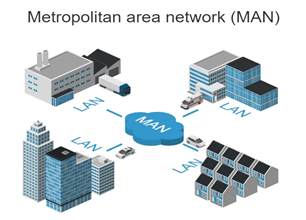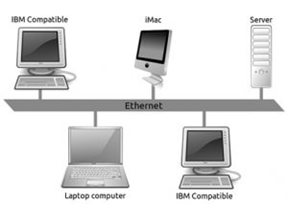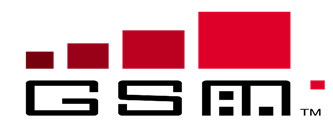Follow Us:
Network Accessing Mechanisms 1-0-1

What is Networking?
Networking is the form of exchanging information among people within an organization or outside the organization to a remote network. Networking helps us to stay connected with each other.
For example, Alice had a mail which he need to send to Bob who is sitting in some other parts of the world without help networking this might would take a huge amount of time, but with the help of the network, this might require some seconds to had done so.

Types of Networks
Personal Area Network (PAN)
This is where a person’s private electronic devices are connected to each other thus forming a personal network.

Local Area Network (LAN)
This is the type of network where all the electronics devices within the same physical location such as a building or home, are connected. This is made up of the interconnection of several PANs.

Campus Area Network (CAN)
This comprises all the devices connected within a campus which might include devices of several buildings connected with each other. This is made up of the interconnection of several LANs within a geographical limit.

Metropolitian Area Network (MAN)
This interconnects users having electronic devices in a geographic area in the size of a city.

Wide Area Network (WAN)
This is the network that covers large areas and is not connected to a single location. This type of network helps us access data and share information between devices all across the globe.

Components of a Network
Hosts
They are mainly end-user devices. They are generally used to send or receive traffic. All hosts have an IP address. Examples of hosts include our personal computers and home printers, etc.

Peripherals
They include the different devices that are shared in a network. They do not communicate directly in the network but rely on their connected hosts to perform all the networking tasks. For example, a webcam is being shared in a network.

Network Devices
Networking devices are mainly used to connect the different hosts with each other. They are used to move and control the network traffic. Examples are Routers, Switches, etc.

Network Media
Network media is used to provide connections between various network devices and hosts. Network media can be wired such as copper, Ethernet, etc., or wireless technologies.

Network Accessing Mechanisms
A network accessing mechanism is the process of accessing the network using different means. There are mainly 3 ways of accessing the network.
Wired Accessing Mechanisms
Wired connections are one of the most common ways of accessing different networks. The different media used to access networks using the wired network are:
- Coaxial Cable – It is usually constructed either by copper or aluminium. It is used by the television companies and also for connecting the various components that make up the satellite communication.

- Twisted Pair Cable – It consist of one or more pairs of insulated copper wires that are held together in a protective jacket. Twisted Pair Cable are of 2 types:
- Shielded Twisted Pair (STP)
- Unshielded Twisted Pair (UTP)

Twisted pair cable had some disadvantages like as the cable is made up of copper so it is likely to get interfered by electromagnetic waves which sometimes cause a loss in the data. Another source of interference is crosstalk i.e. when cables are bundled together for longer lengths, the electrical impulses from one cable can crossover to an adjacent cable.
- Fibre Optic Cable – Fibre Optic Cable is constructed of either glass plastic, neither of the two-conduct electricity this means that they are immune to Electromagnetic Waves. Each fibre optic cable has the following 5 parts:
- Jacket
- Strengthening Material
- Buffer
- Cladding
- Core

Technology used in Wired Network Transmission
Wired Network connections use Ethernet. Ethernet technology is commonly used to connect the devices in a local area network. It was developed at Xerox Parc. Ethernet was first introduced in 1980 by the Digital Equipment Corporation (DEC), Intel, and Xerox. Devices can access the Ethernet using the Network Interface Card (NIC).

Wireless Network Access Mechanism
- Wireless Fidelity (Wi-Fi) – It is a radio signal that is sent from the different wireless network devices such as router, to the nearby devices where it is once translated to the form of data that can be seen and used. The main device used here is a Wireless Router. A router connects local network to another local network or to the internet. The router uses radio frequencies of generally 2.4, 3.6 and 5 GHz frequency bands. The latest wireless routers are based on IEEE 802.11ac wave2.

- GSM Network – The most common type of Cellular telephone network is called GSM ( Global System for Mobile Communication).

- Bluetooth – It is a short-range wireless technology which is used to share data or files from different devices. It uses a UHF radio waves in the ISM bands from 2.40 GHz to 2.48 GHz. Now it is mainly used in the wireless headphones for listening to music.

- Near Field Communication (NFC) – It is a wireless technology that enables data to be enhanced in devices that are in very close proximity to each other. They are used in modern days payment systems.

Conclusion
This blog sums up all the network access mechanisms and also the technologies acting behind them, that are applied in day-to-day life to interconnect various devices and networks around the globe, be it wired or wireless, and this interconnection provides us what we know as “The Internet”.

